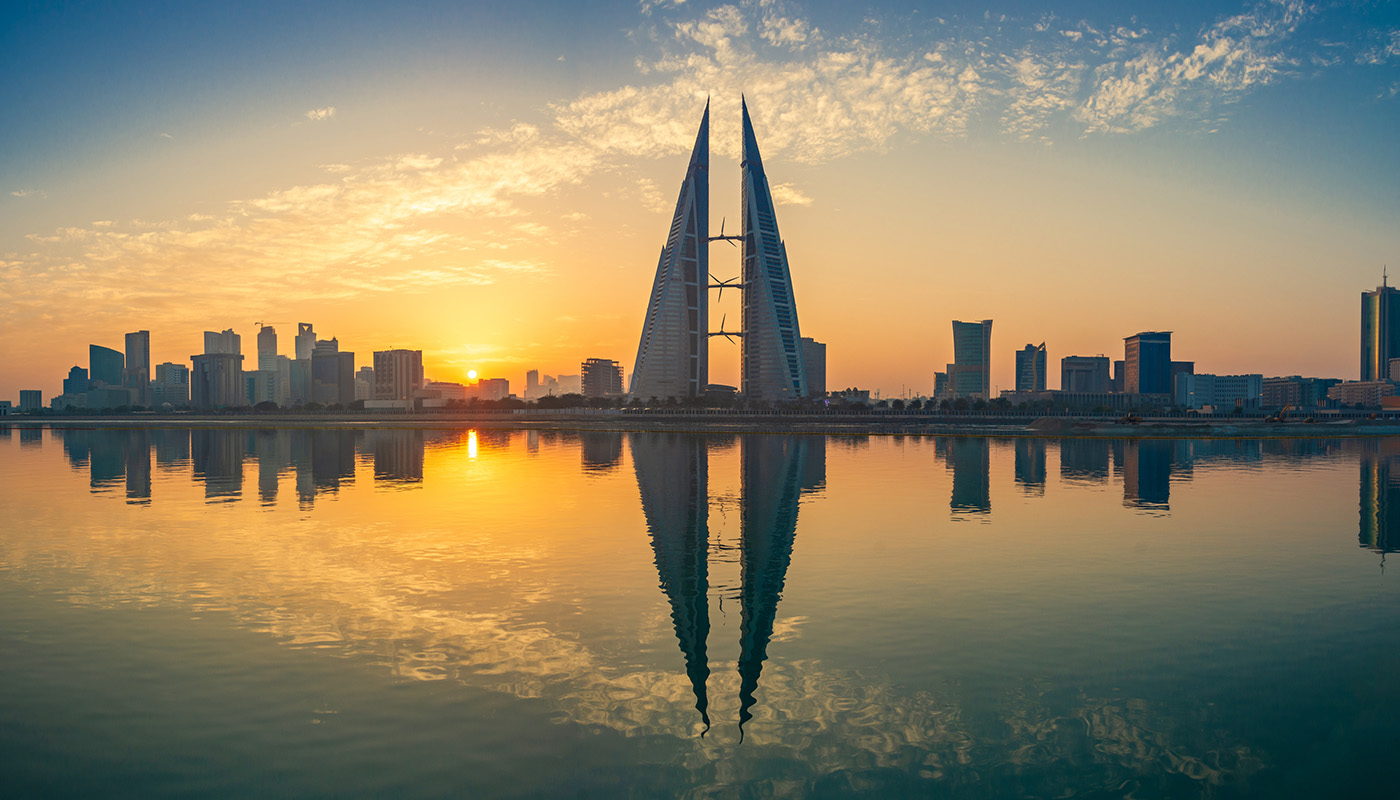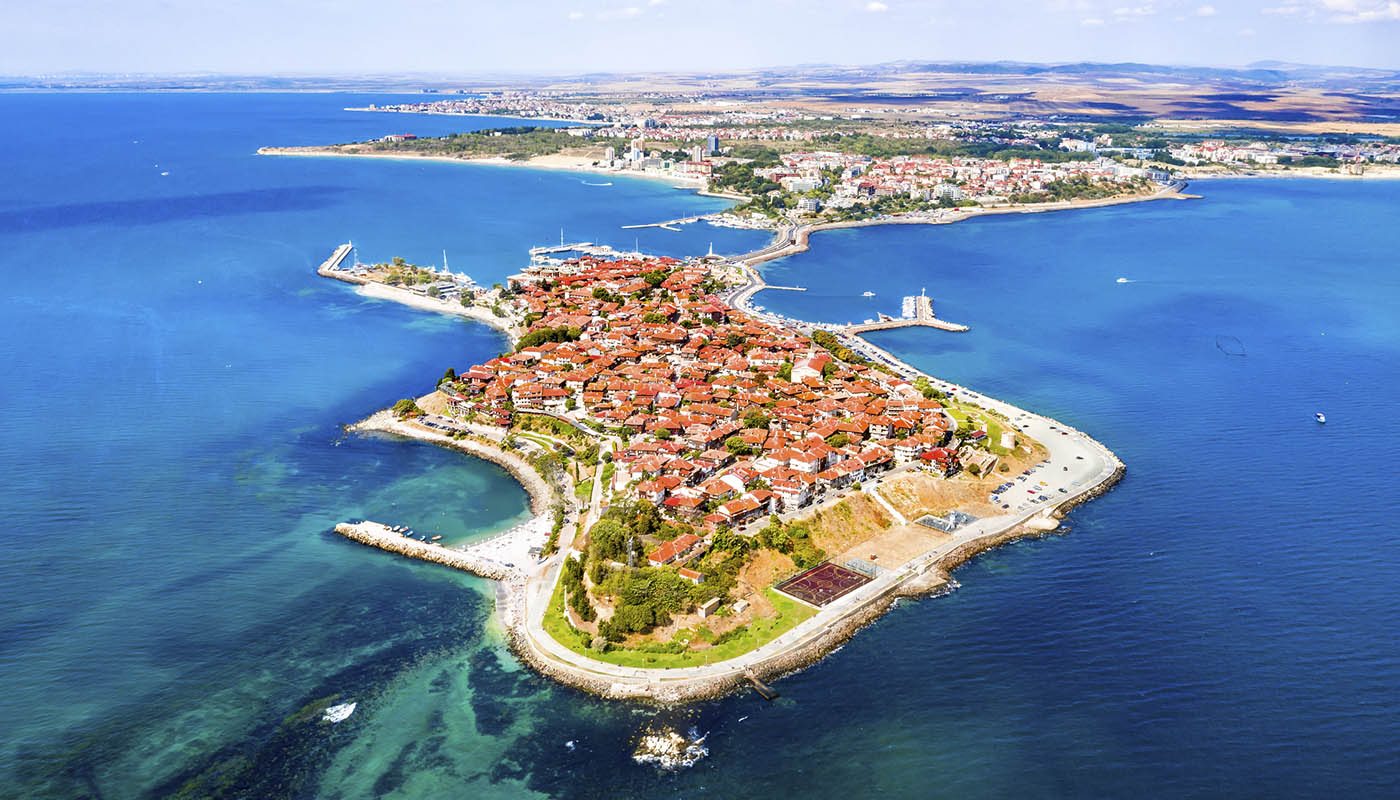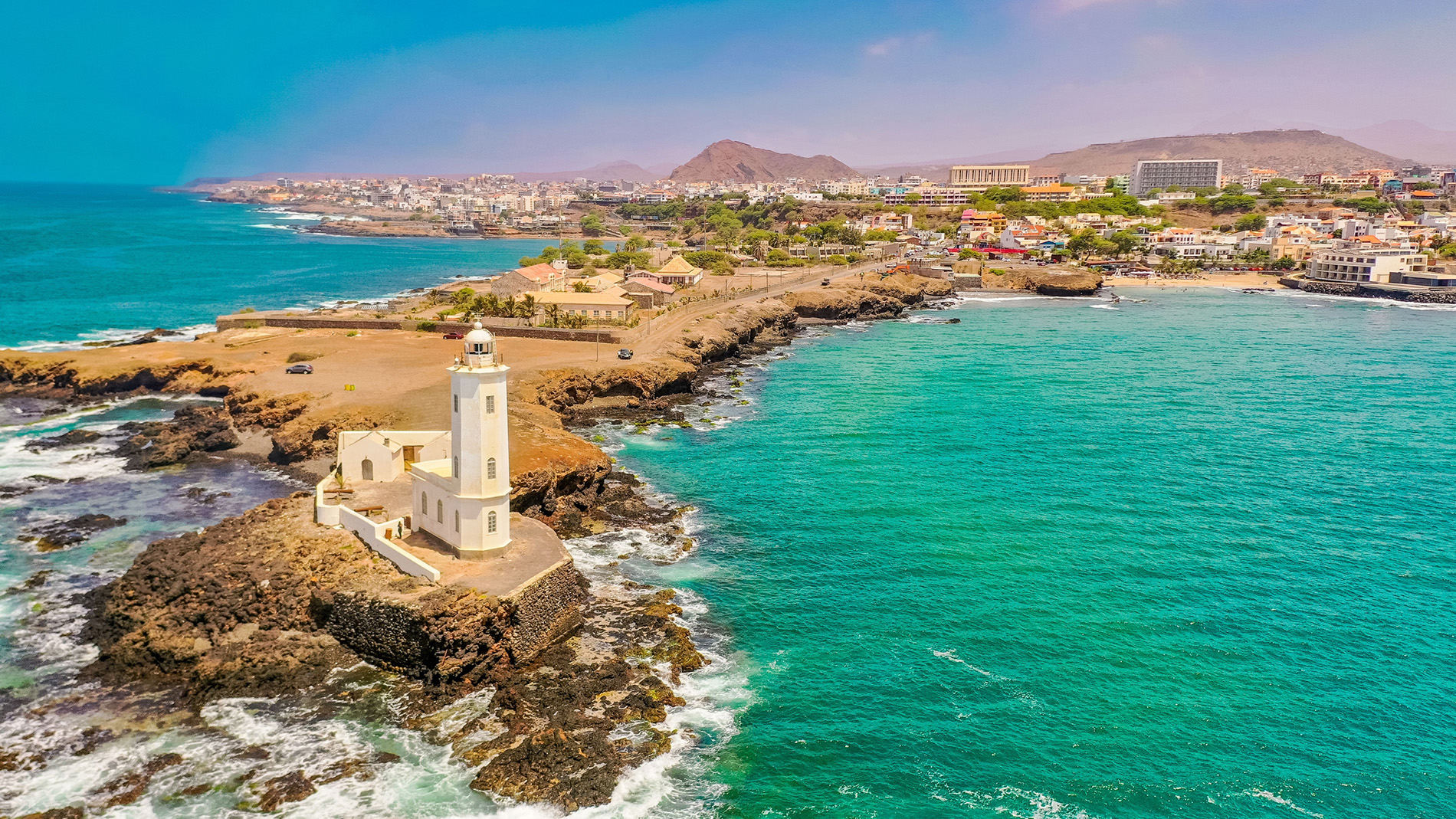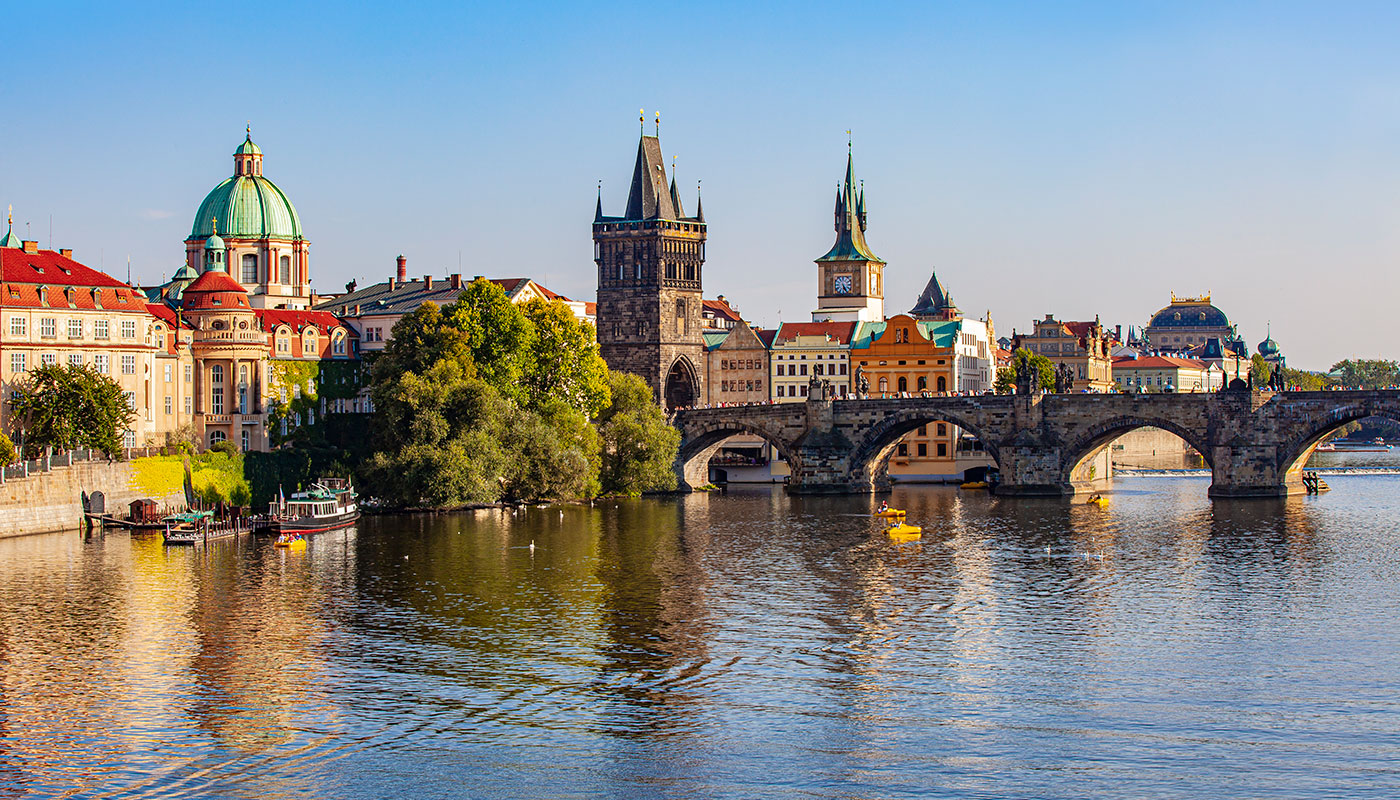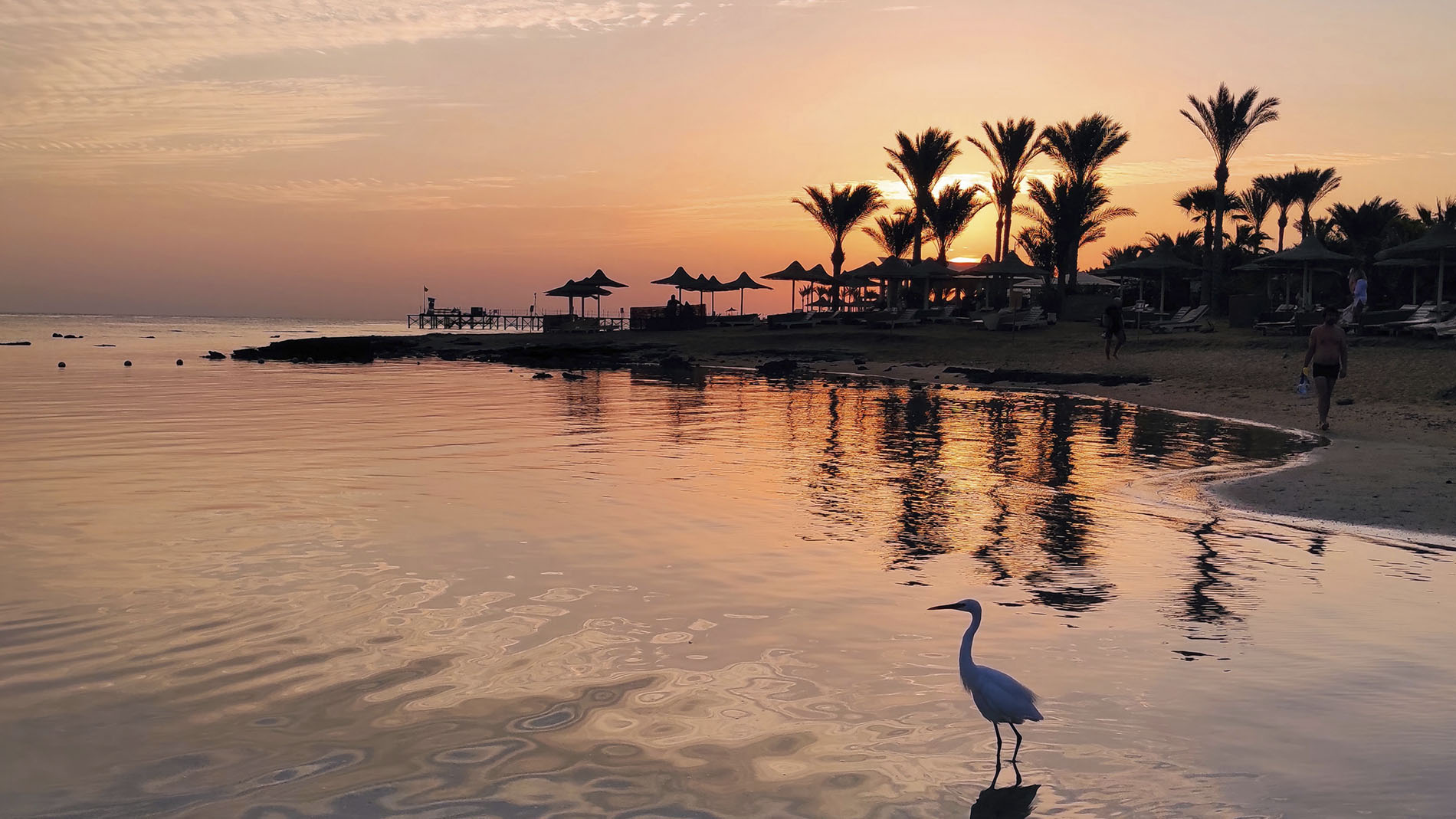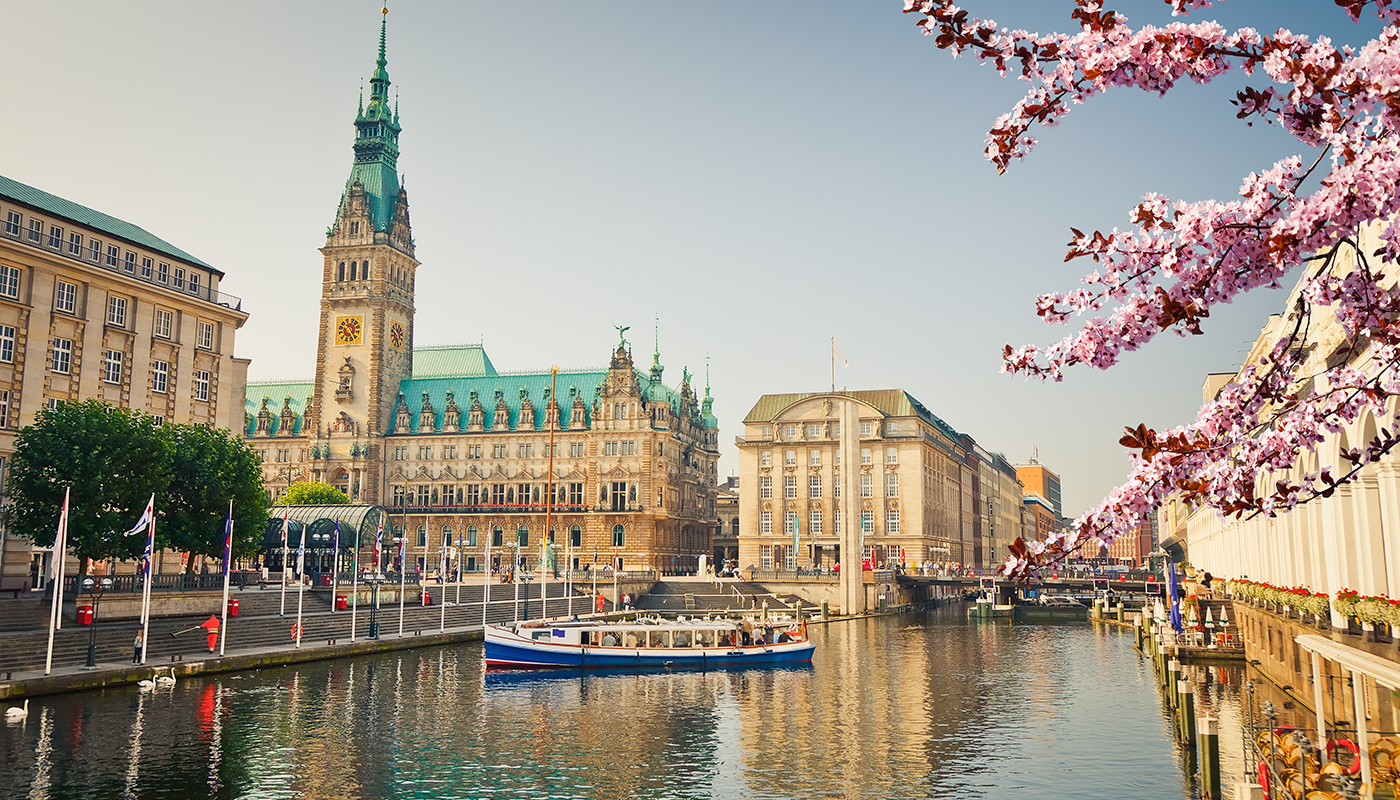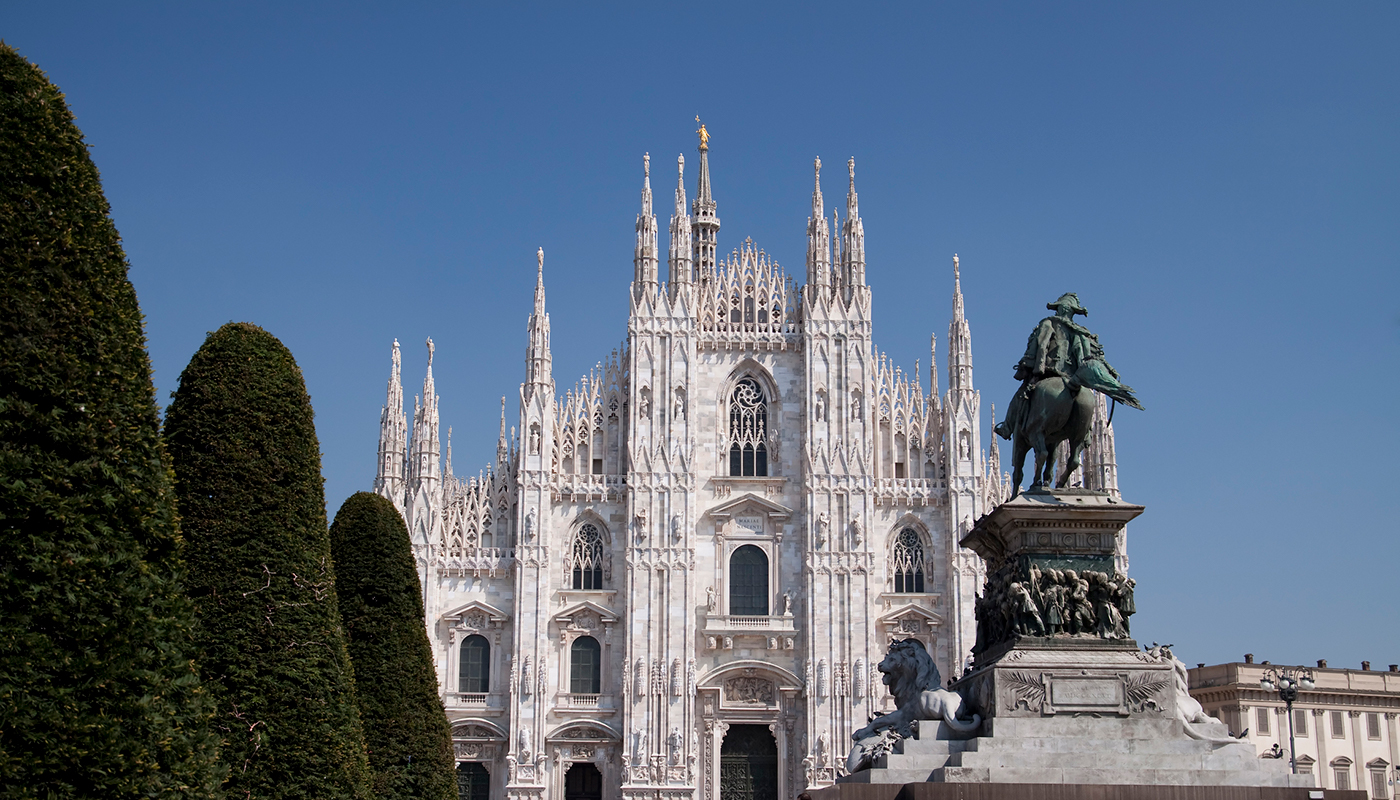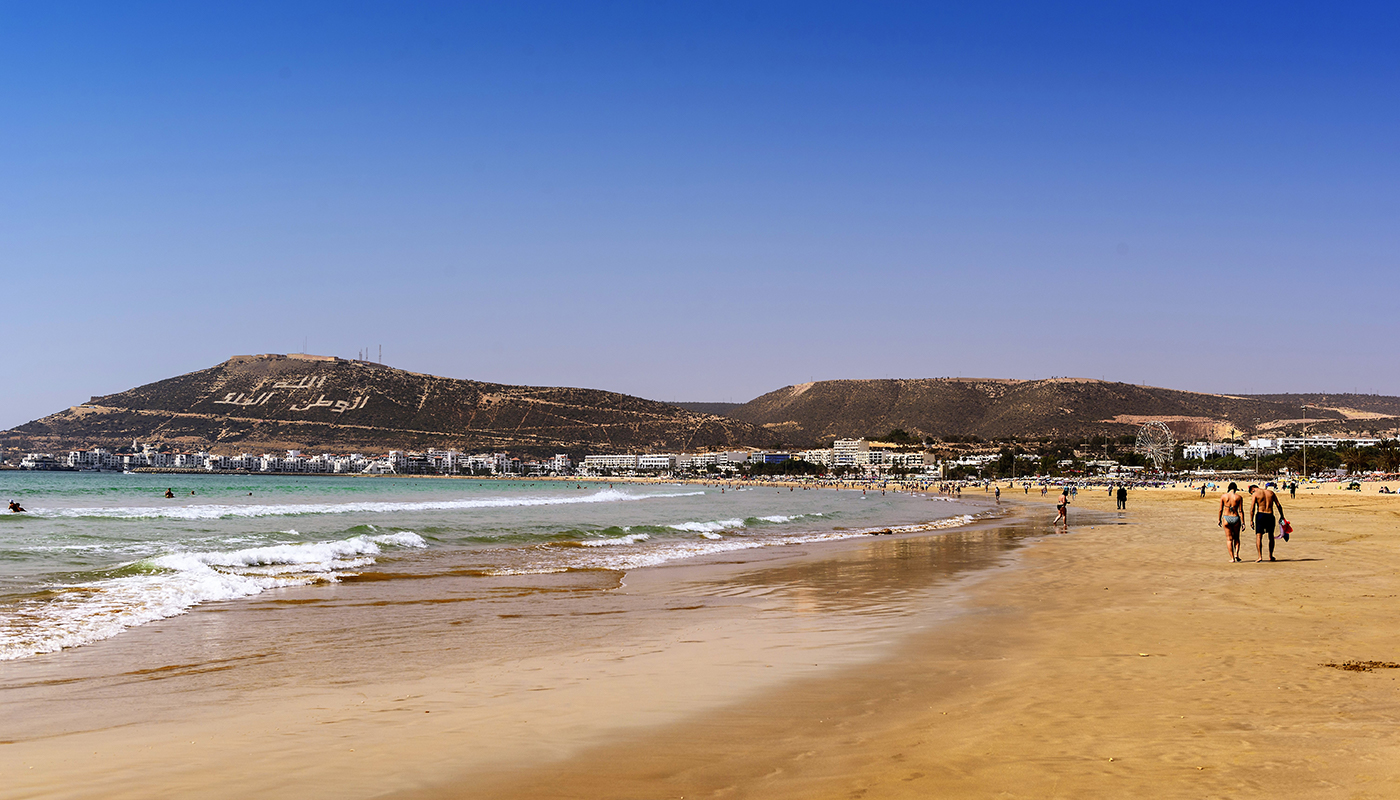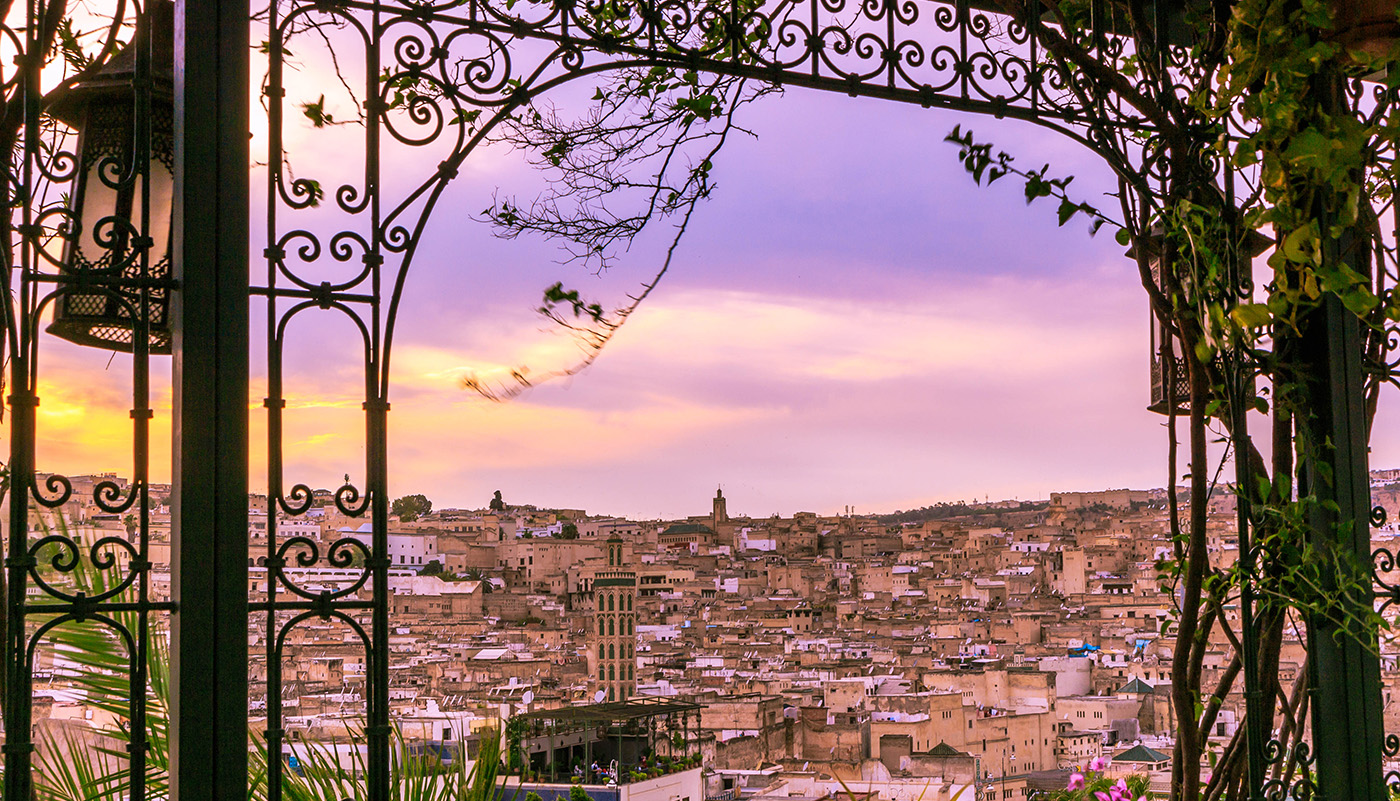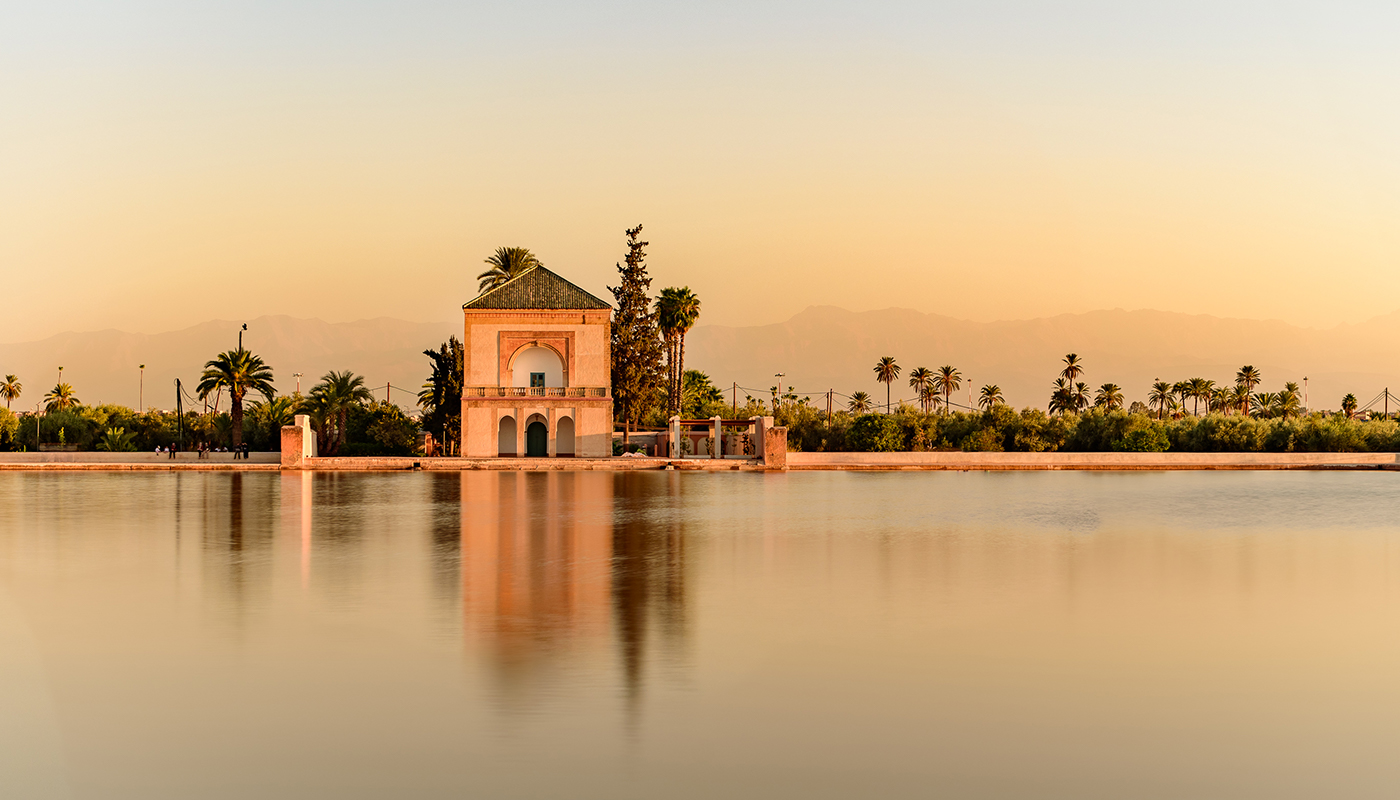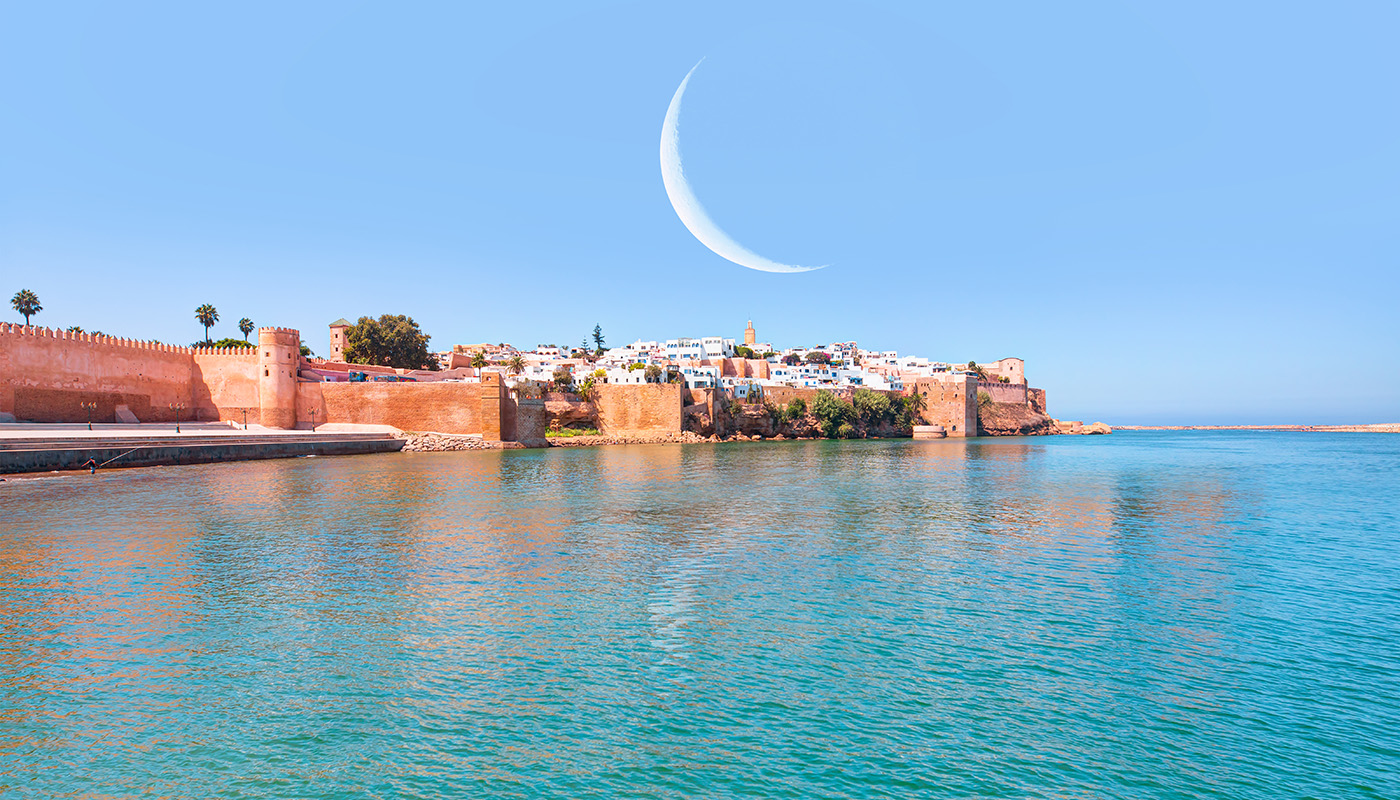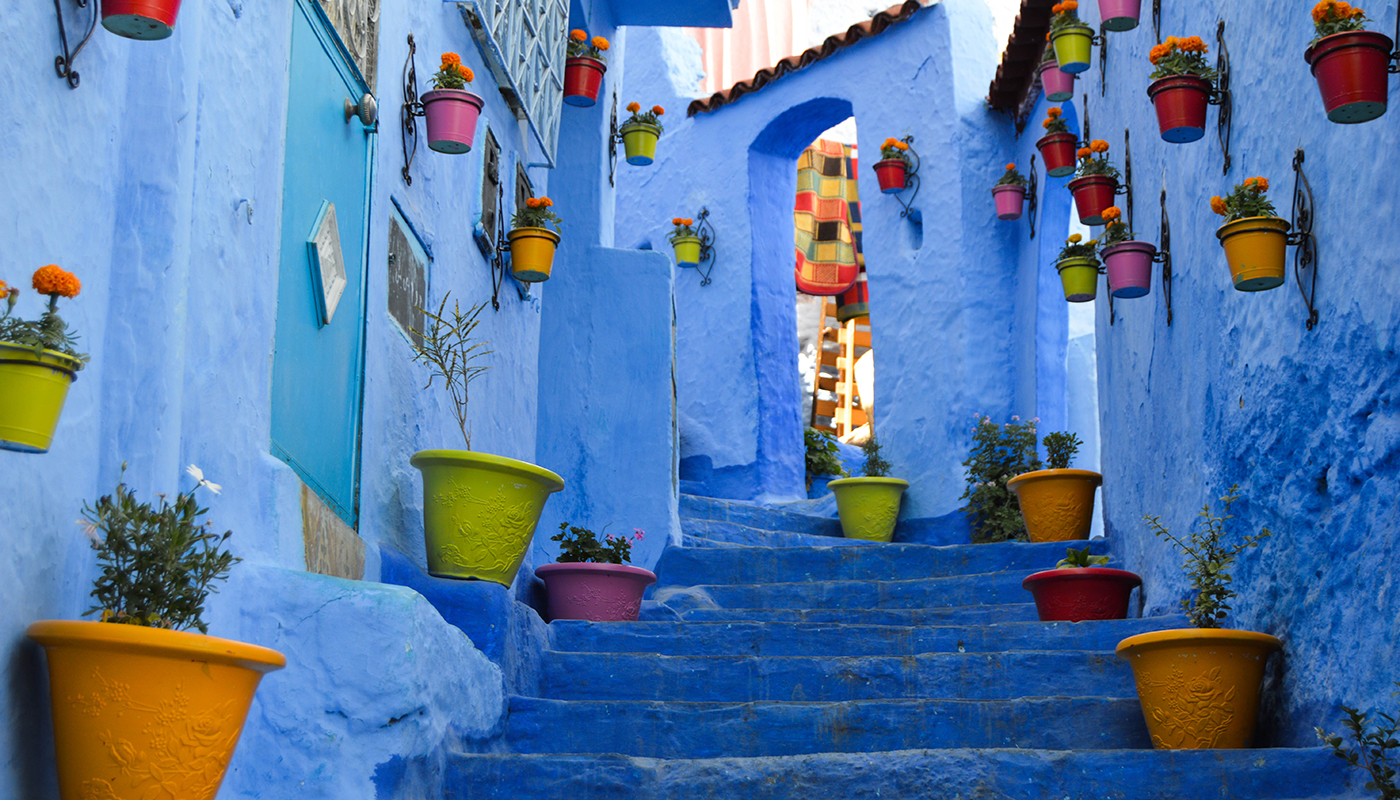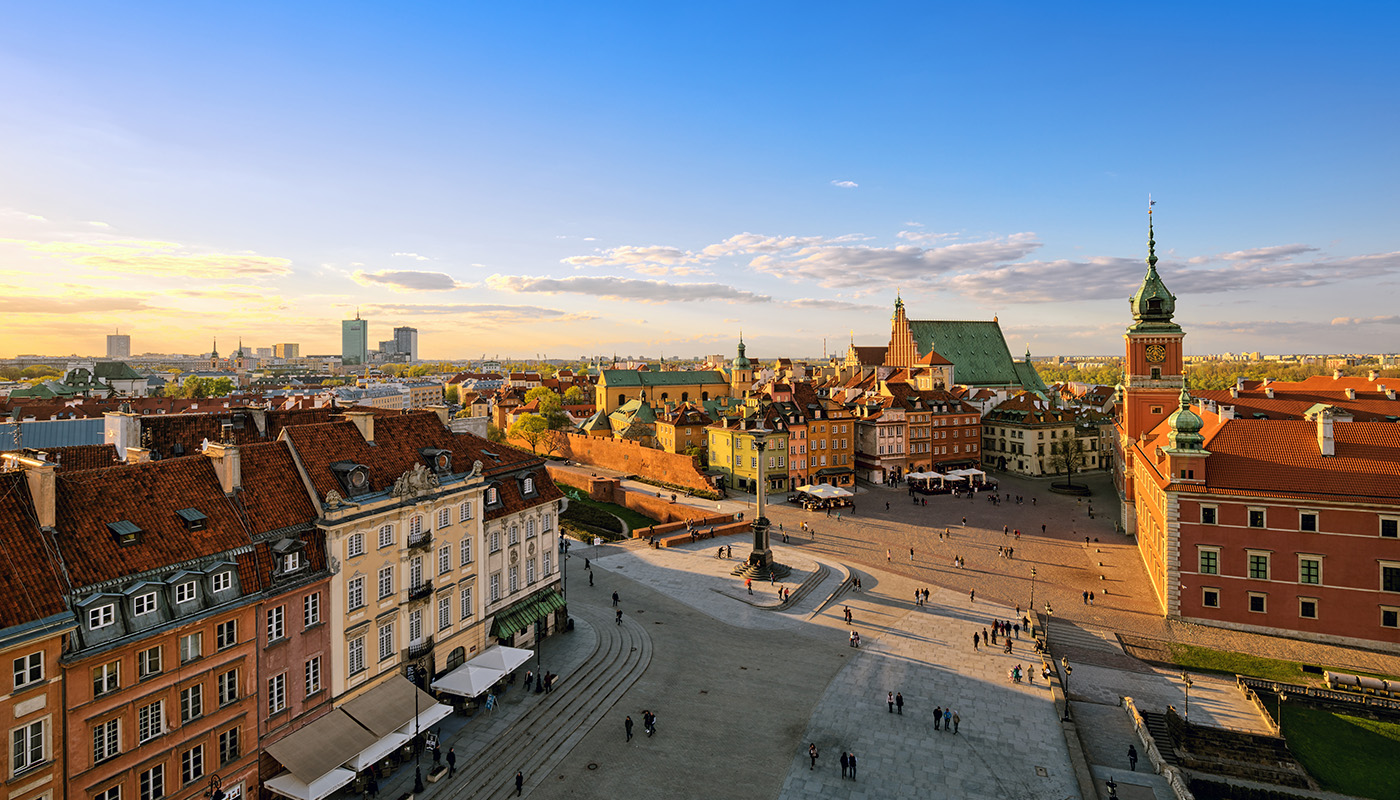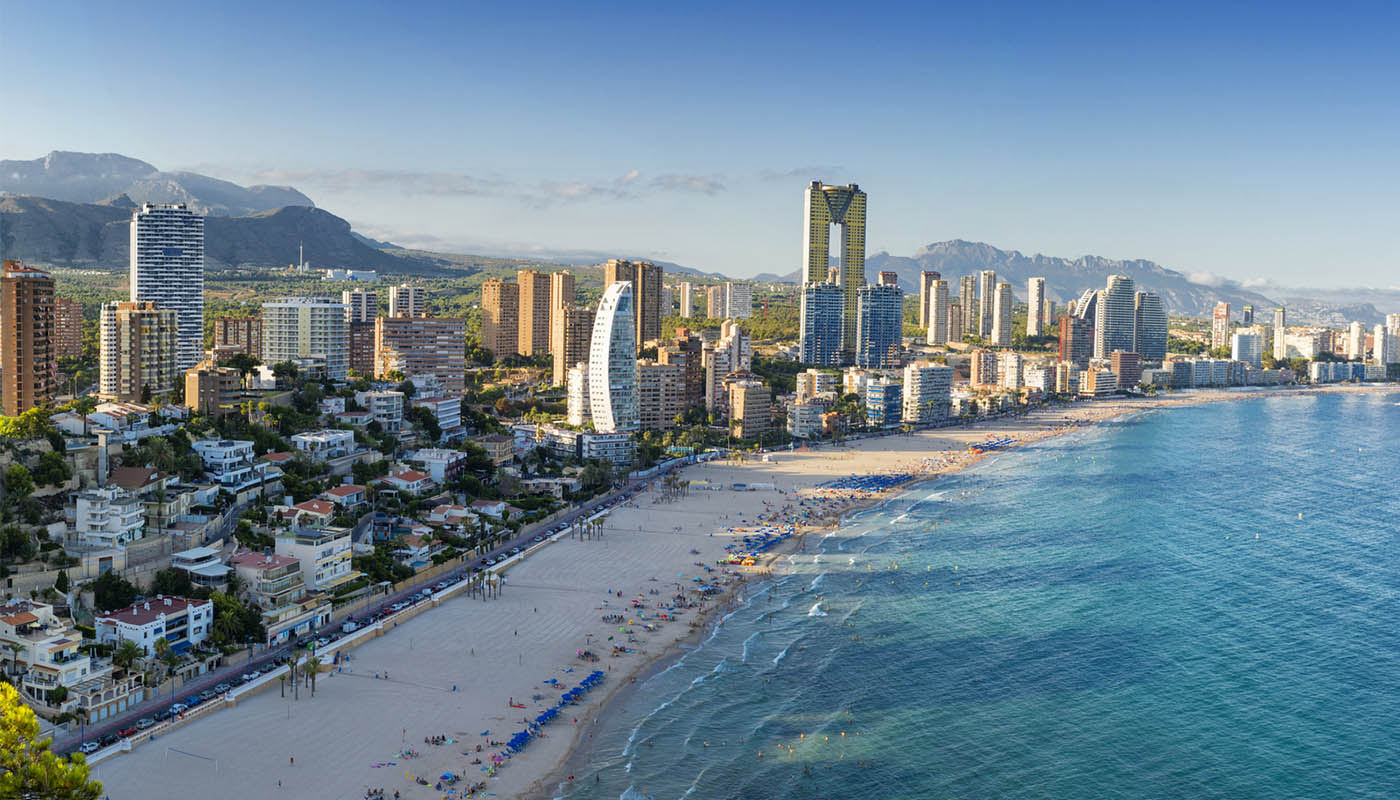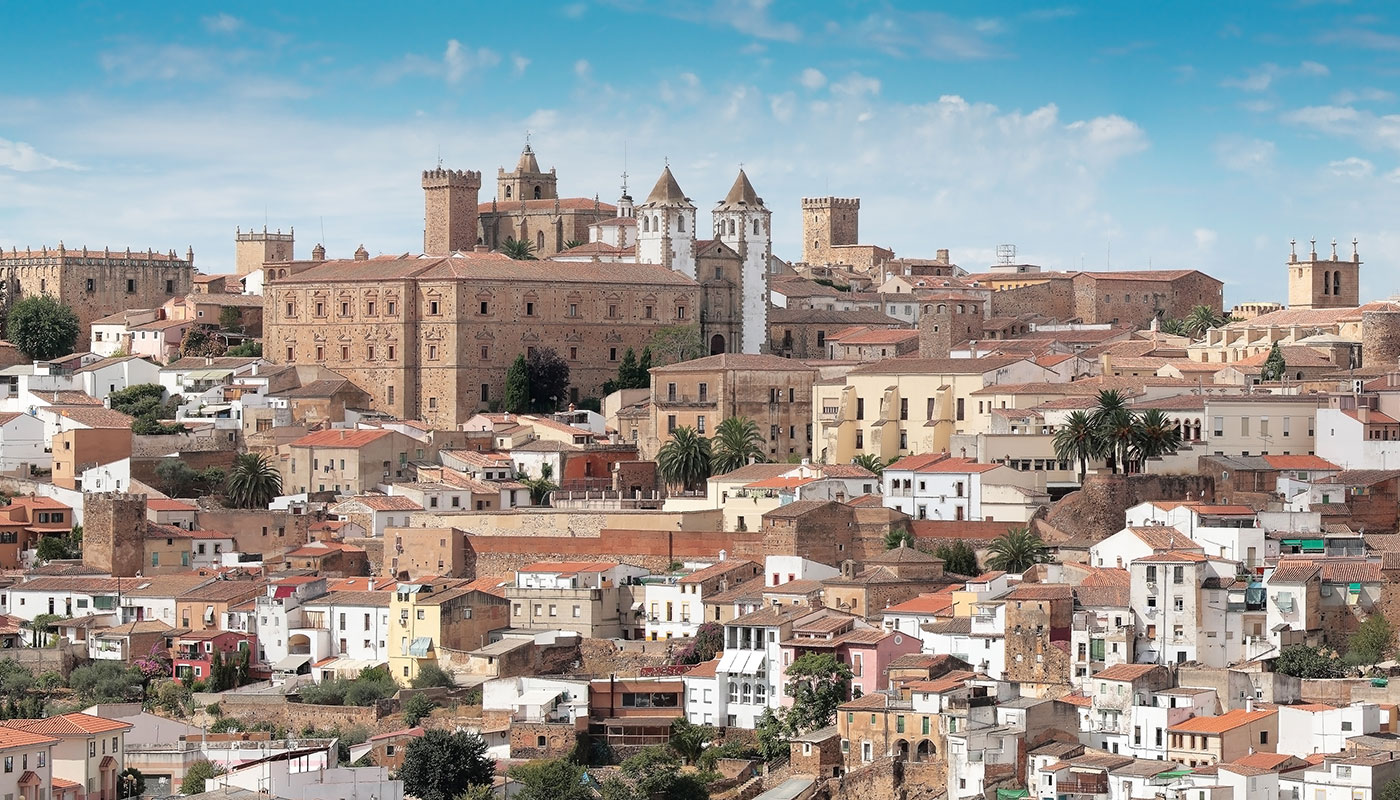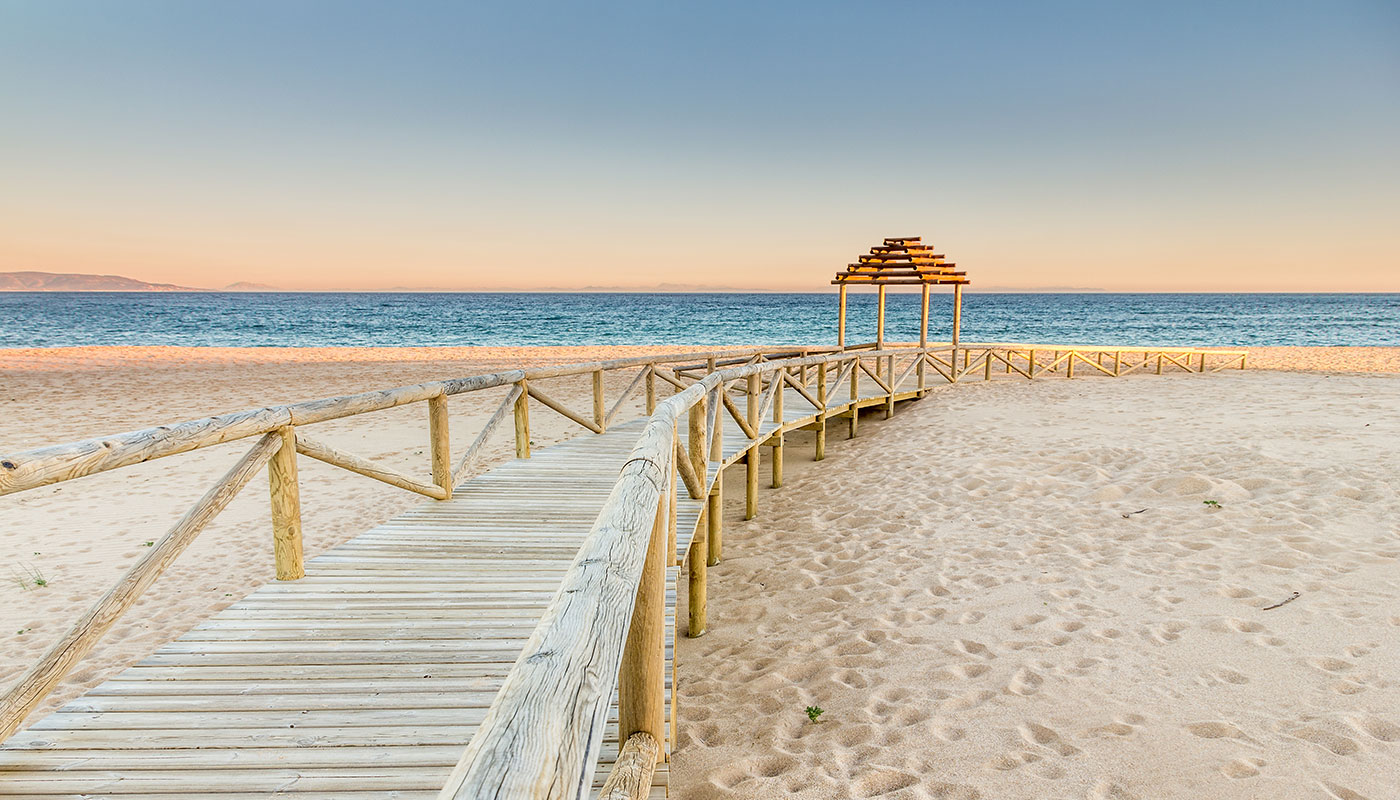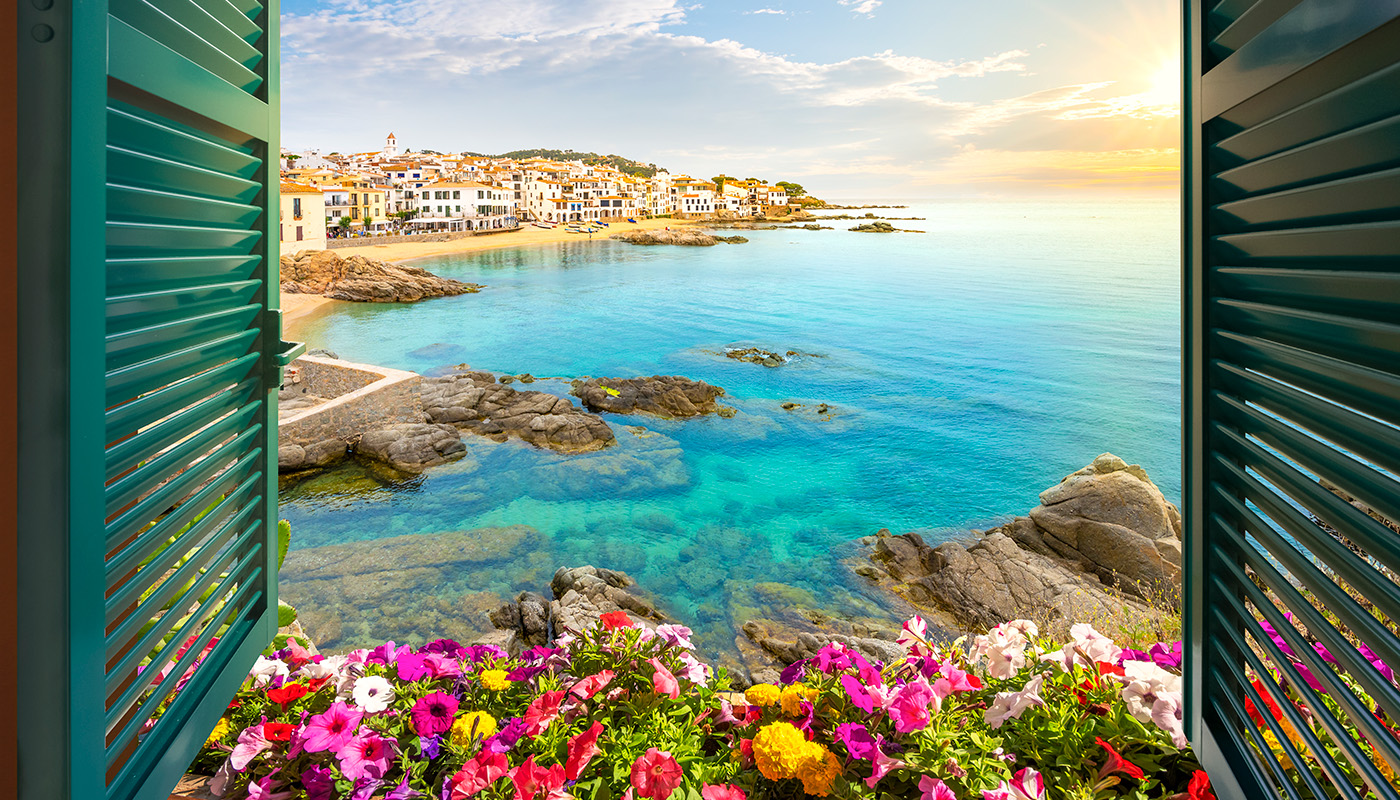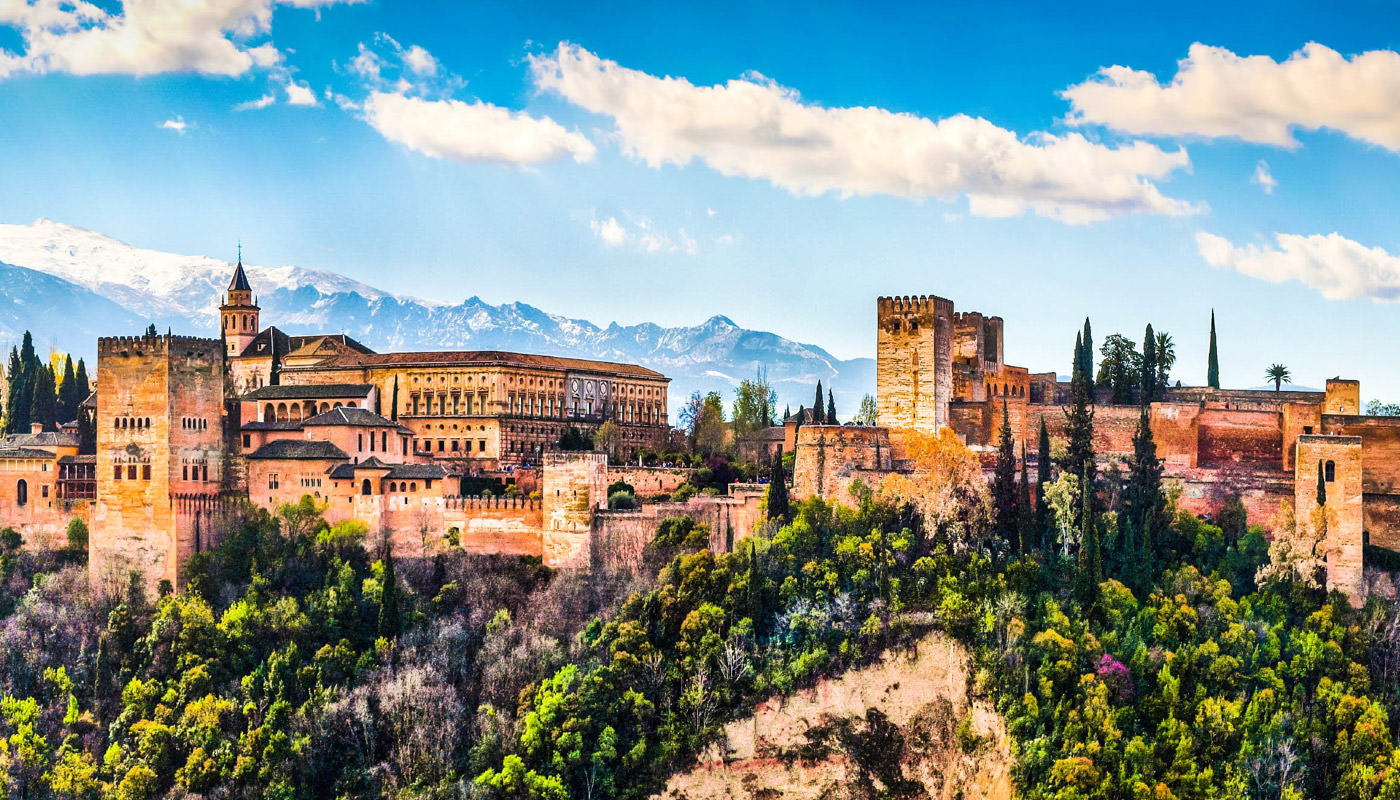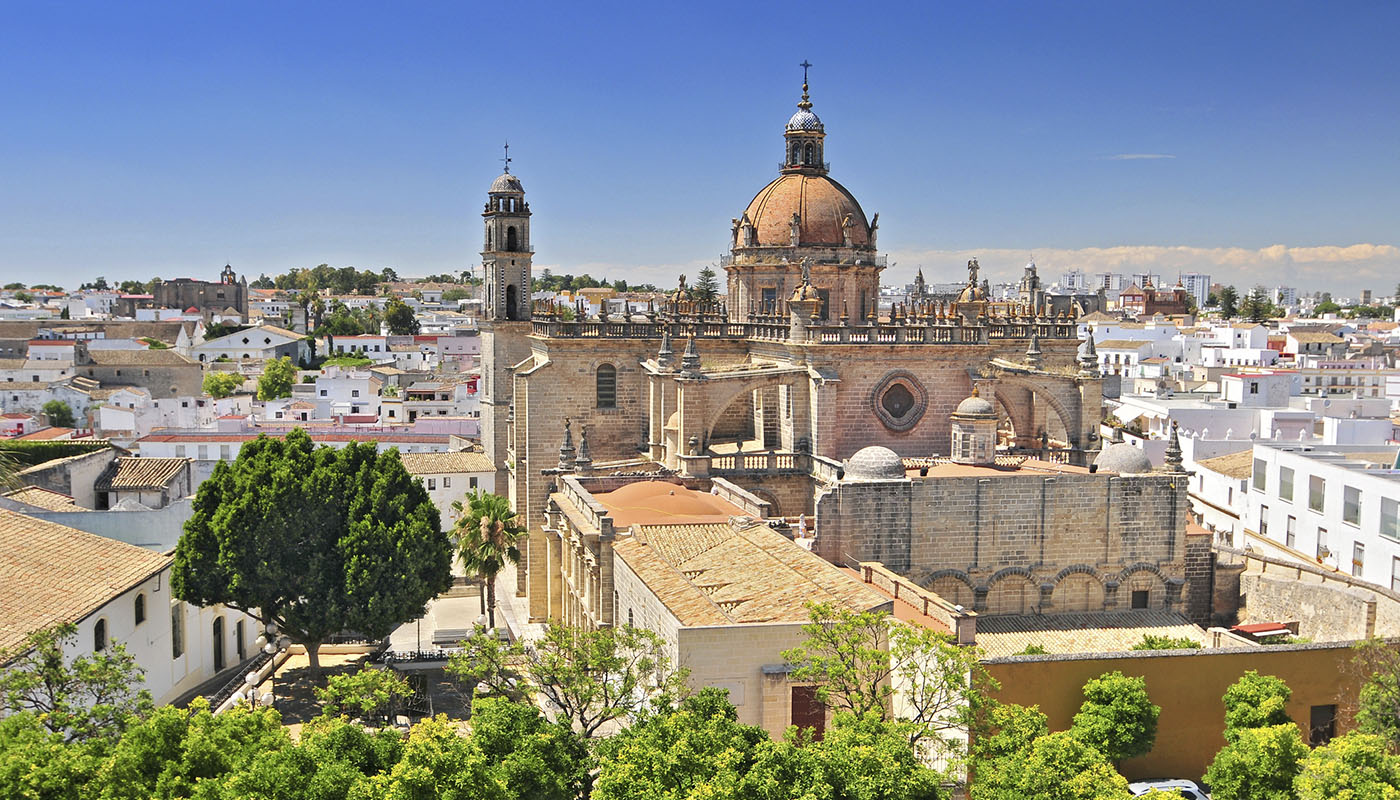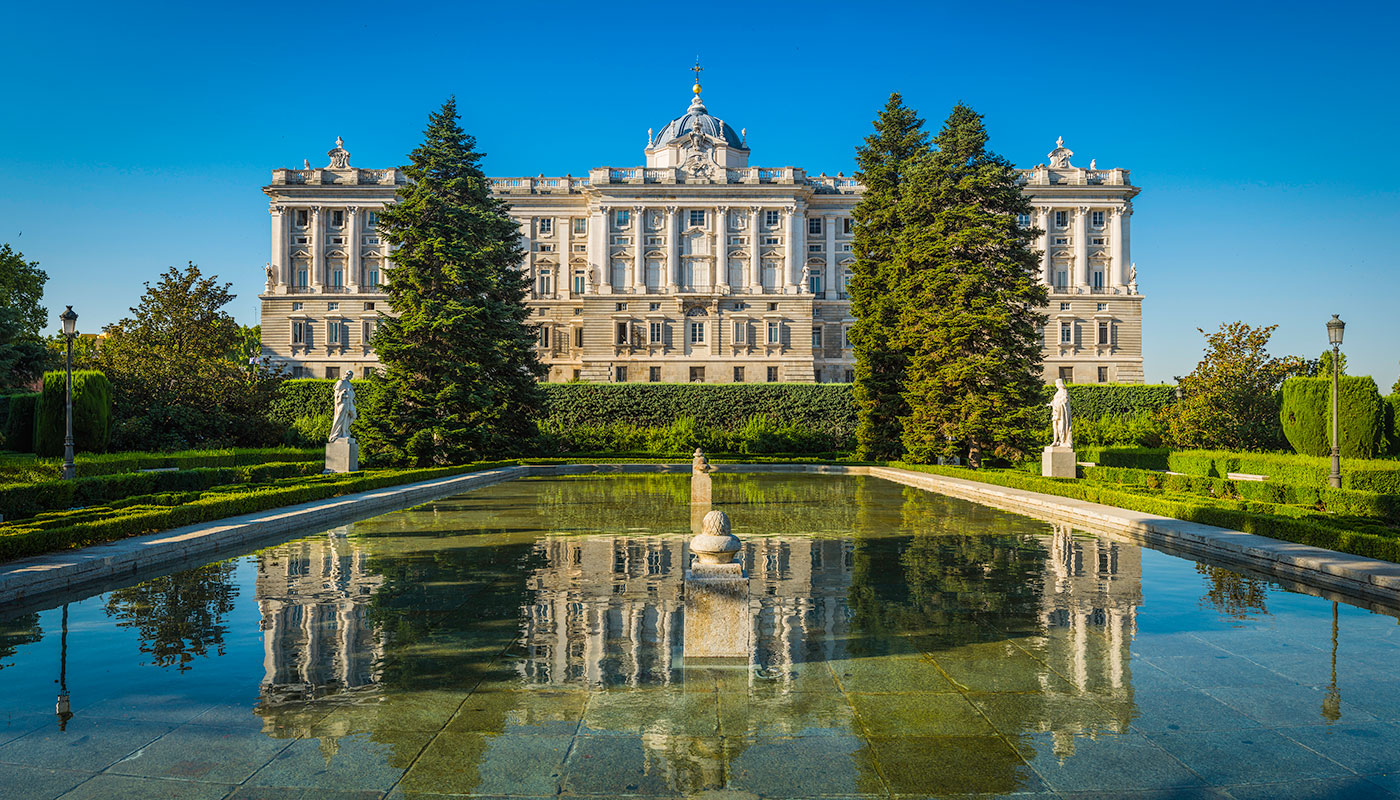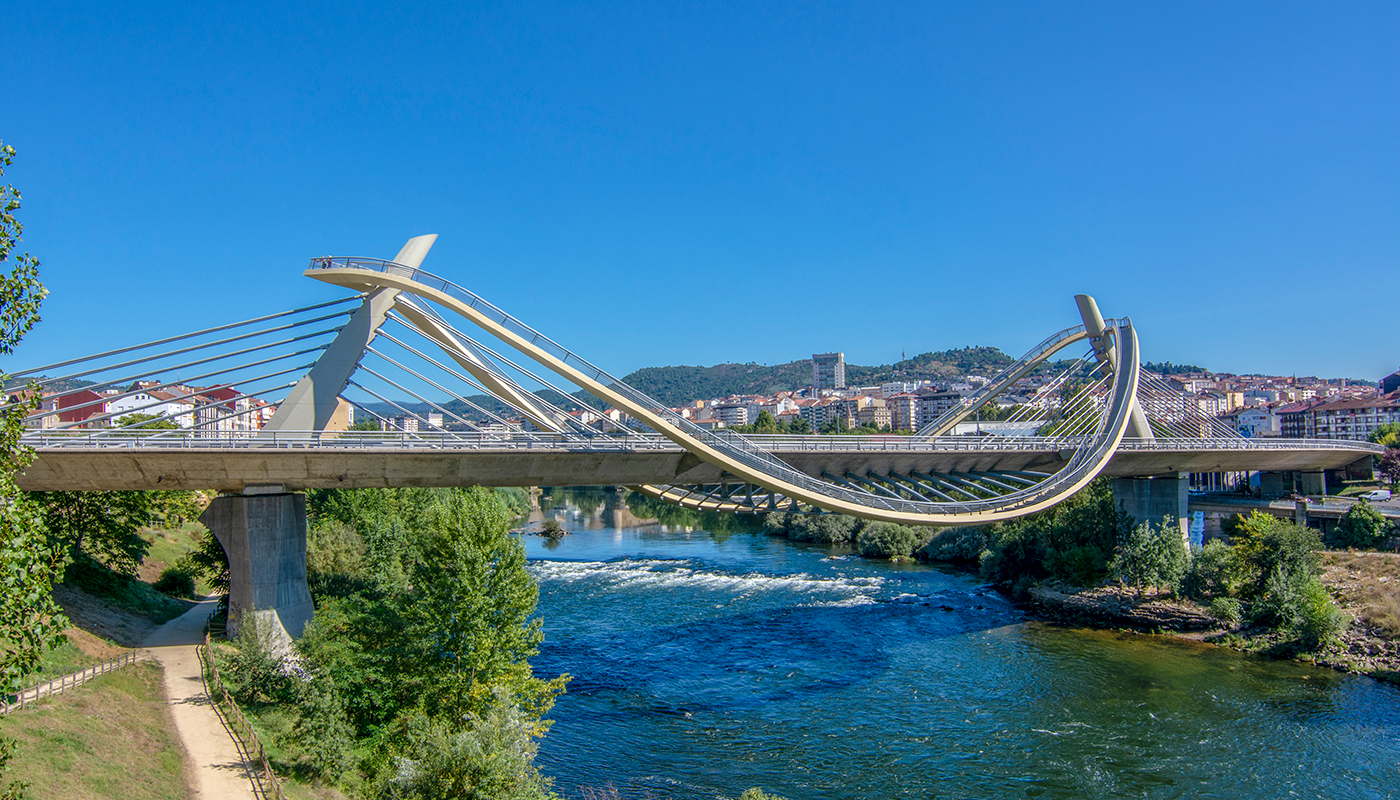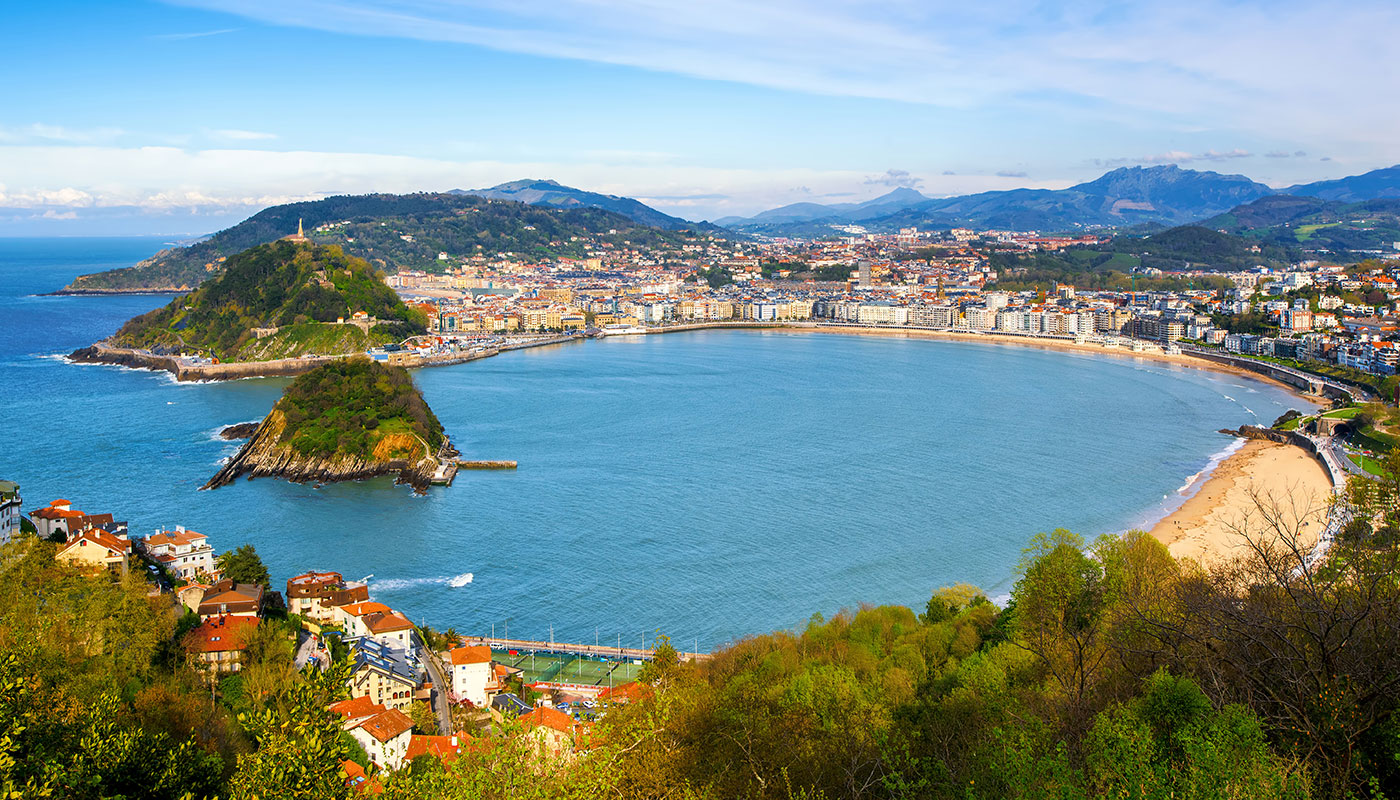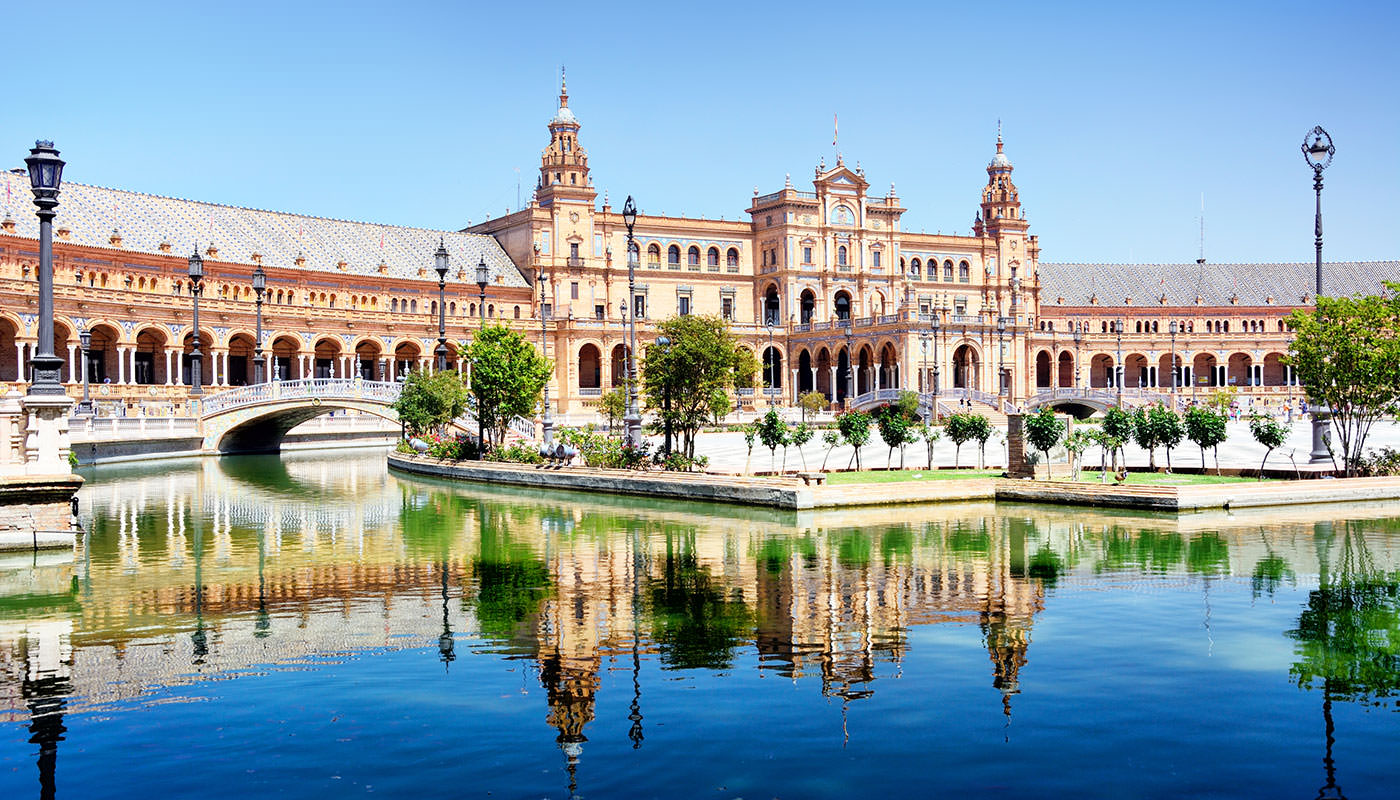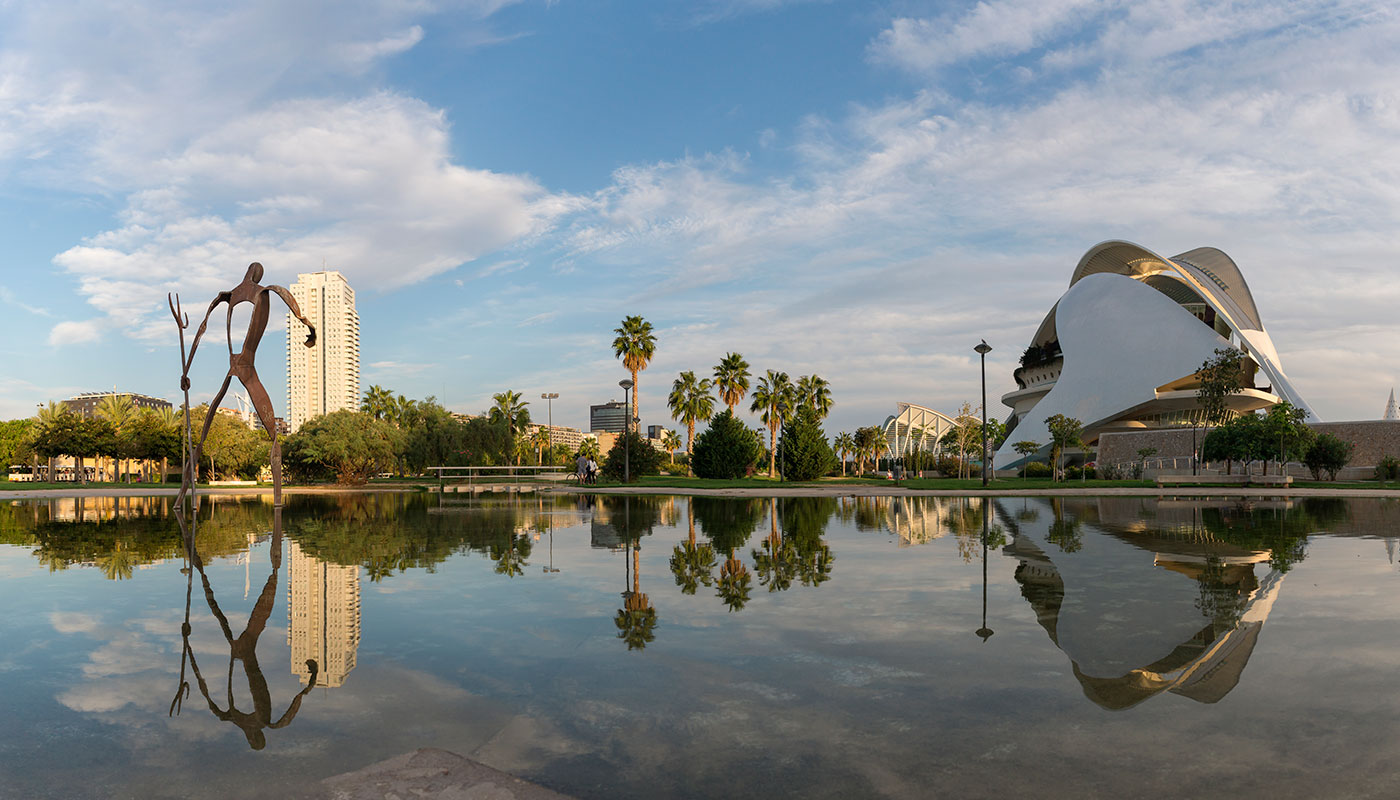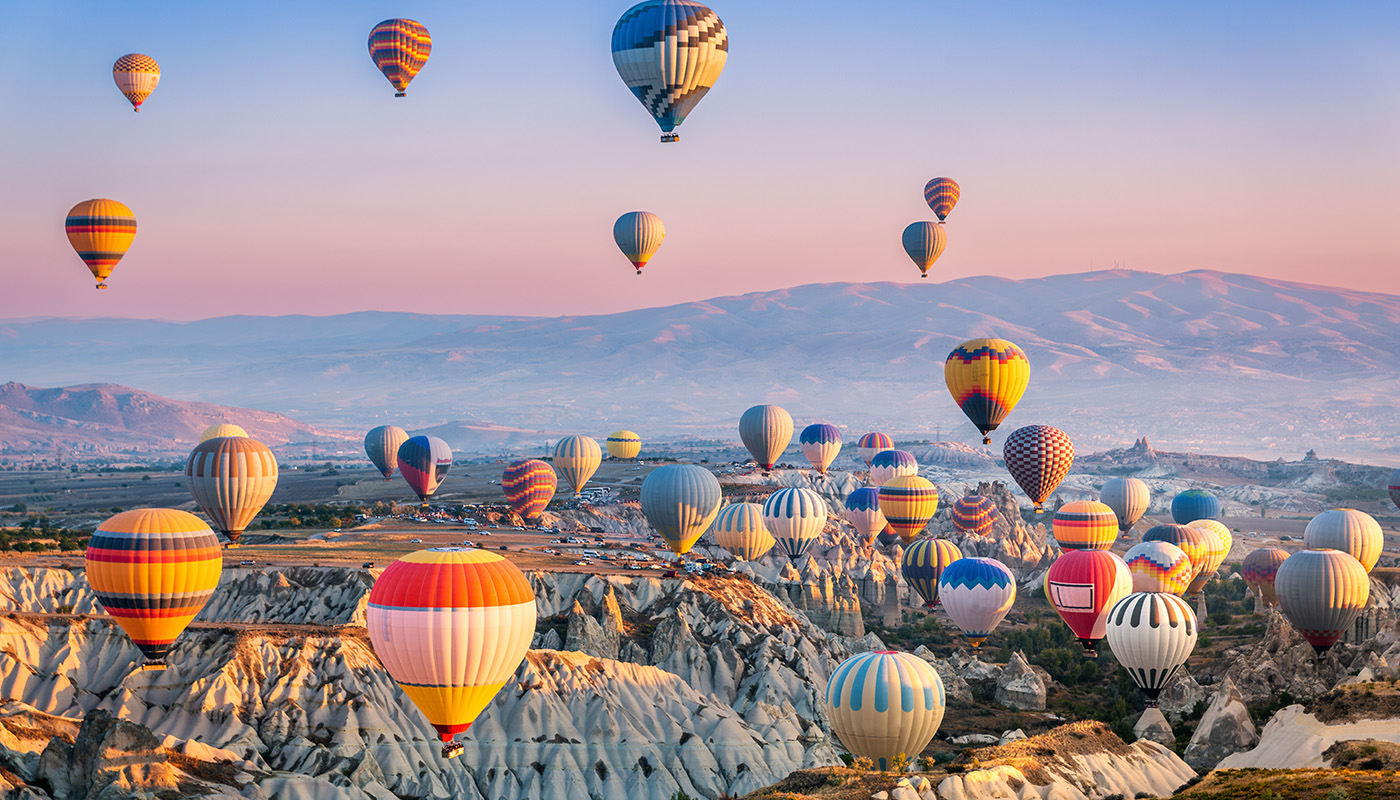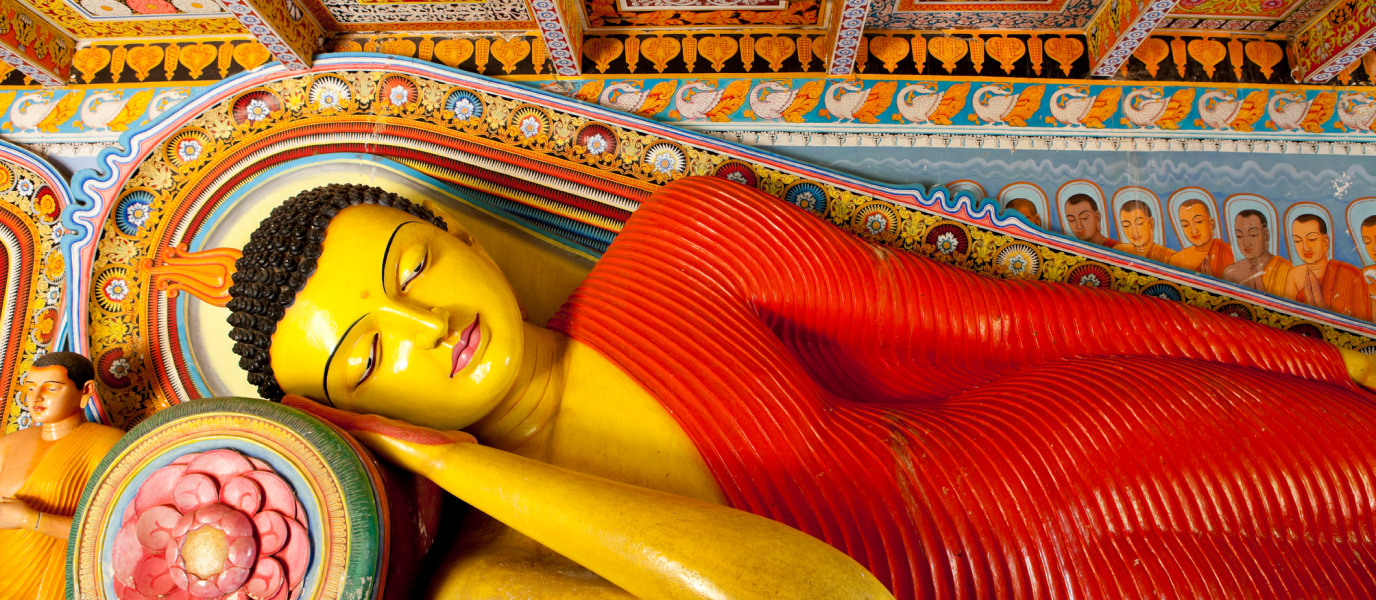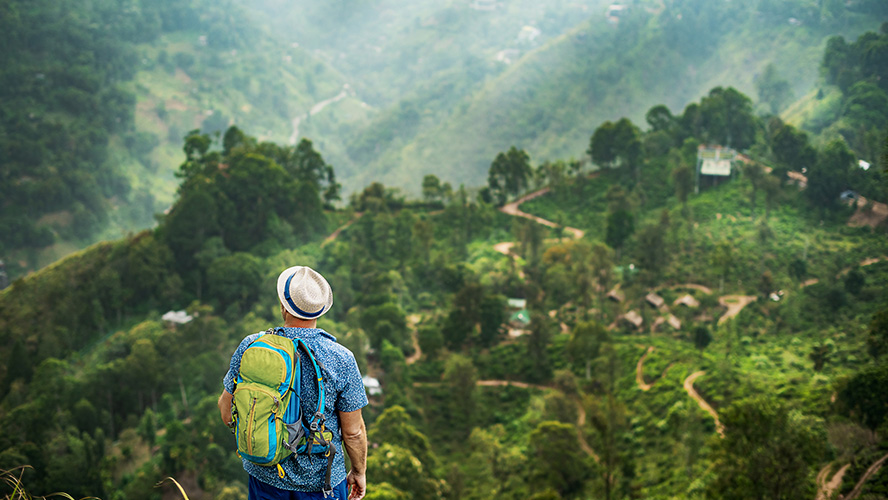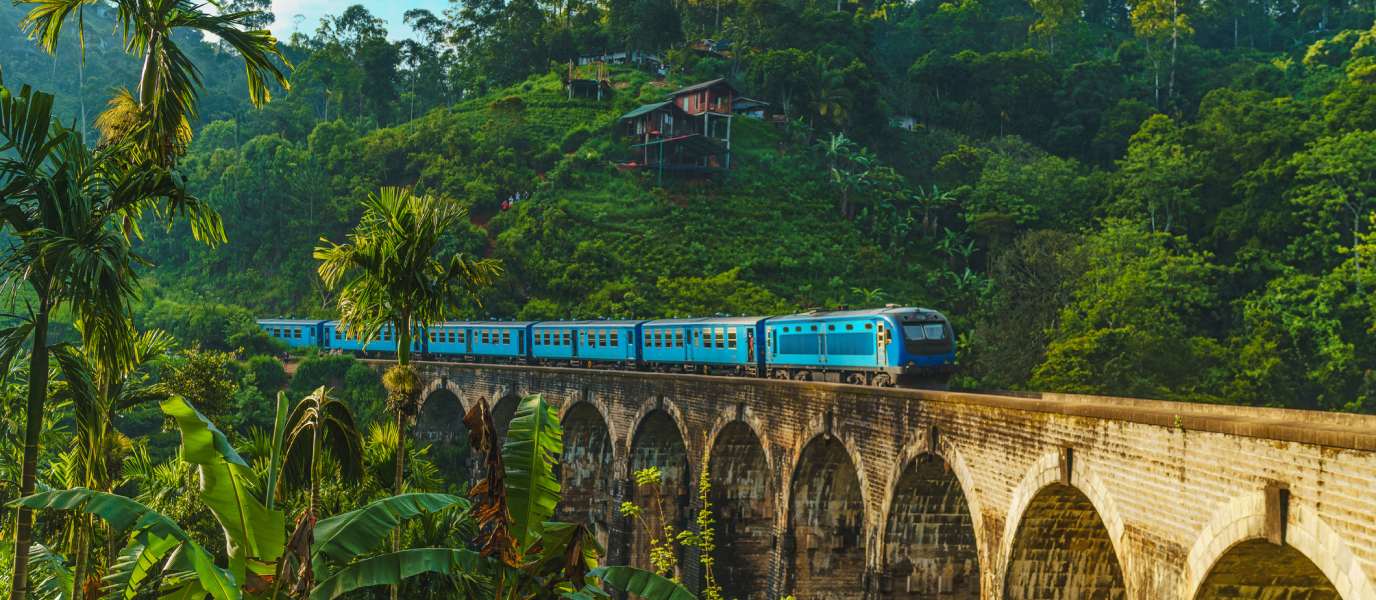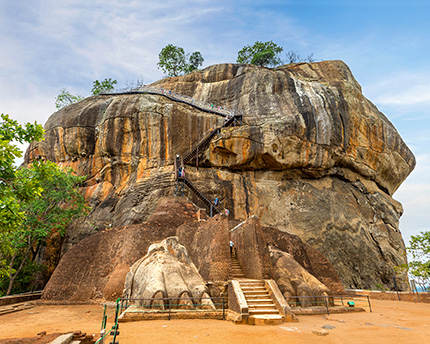Anuradhapura is 200 km north of Colombo, in the centre-north of Sri Lanka. It’s in the northern part of what is known as the “Cultural Triangle of Sri Lanka”: a series of archaeological remains set in a mountainous region covered in a deep, vibrant green. Polonnaruwa, Sigiriya and Dambulla are the other sites within the triangle.
Anuradhapura was the political and religious capital of Sri Lanka for 13 centuries, from the fourth century B.C. to 993 A.D., when it was destroyed and abandoned following an invasion by the Chola dynasty. After its destruction, the capital was moved to Polonnaruwa.
In 1982, UNESCO made the ancient city of Anuradhapura a World Heritage Site due to its historical, cultural and religious importance and the excellent state of conservation of the ruins.
How to get to Anuradhapura
The ancient city of Anuradhapura is sacred to Buddhism and covers an area of 40 km2 that is dotted with palaces, monuments, monasteries, and stupas. It’s one of the largest archaeological sites in the world.
The nearest airport is at Colombo and the city is around 200 km away by road, but the journey to the ancient city of Anuradhapura takes over three hours, whether you hire a car or choose to book a shared Uber to make the trip less expensive. You can also get to Anuradhapura by bus, but this takes a bit longer at around four and a half hours.
Another option is to travel by train; tickets are extremely cheap but the journey is even longer: about five hours.
The most expensive of all these options is travelling by hire car, taxi or Uber and prices can vary between €30 and €100. Bus and train tickets cost less than €2 each way.
Jaya Sri Maha Bodhi
The origins of the ancient city of Anuradhapura can be traced back to the Jaya Sri Maha Bodhi, a tree that was originally brought back from Bodh Gaya in India in the third century B.C. The tree has been protected ever since because it’s said to have grown from a cutting from the Bodhi Tree or “tree of awakening” (also known as the Mahabodhi Tree or Bo Tree) that Siddhartha Gautama, better known as Buddha (c.563 – c.483 B.C.), sat under when he attained enlightenment.
Today, the sacred Jaya Sri Maha Bodhi tree grows on a high terrace almost seven metres above the ground. It is surrounded by four lower terraces with trees that were planted later to protect it. The Jaya Sri Maha Bodhi tree is thousands of years old and access is restricted to prevent vandalism (several attacks have been made on it over its lifetime). However, numerous acts of worship are still held here throughout the year and it is visited by thousands of pilgrims.

Ruwanwelisaya
Ruwanwelisaya is a stupa, a Buddhist funerary monument and pilgrimage site that contains relics. Stupas are usually found in Asia and have different shapes depending on the country where they are built. In Sri Lanka, they look like a huge bell and are known as dagobas.
The Ruwanwelisaya stupa is 100 m high and has a circumference of almost 300 m. It’s the second highest in Anuradhapura and this majestic, white structure impresses visitors from some distance away. It was built in 14 BC by King Dutugamunu and some historians believe that it was once the largest stupa in the world. Ruwanwelisaya is included among the 16 Buddhist pilgrimage sites in Sri Lanka, partly because it contains relics that belonged to Buddha.
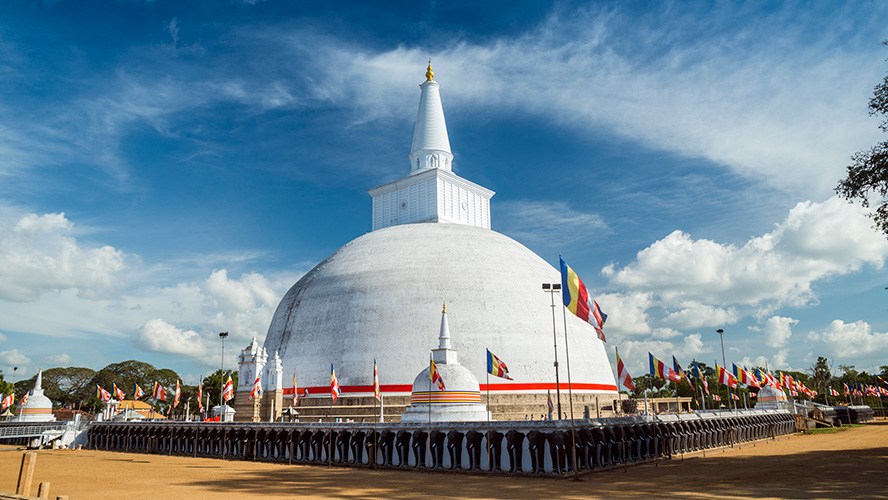
Jetavanarama
If Ruwanwelisaya creates a big impression, the Jetavanarama stupa is equally breathtaking. Standing 122 m tall, it’s one of the largest religious buildings in the ancient city of Anuradhapura. It dates from the third century A.D. when King Mahasen instructed it to be built from sand and clay bricks. The temple is particularly fascinating for Buddhists because it is believed to have enshrined the sash or belt tie of Buddha.
The Jetavanarama stupa was originally set on top of a large platform with four entrances. To date, only two have been unearthed. Jewels, ivory carvings, bracelets, precious stones, and statues of Buddha are just some of the ceremonial objects you can see in Jetavana Museum. The museum is in the Anuradhapura complex and also displays numerous other artefacts from the second century B.C. to the end of the third century A.D.
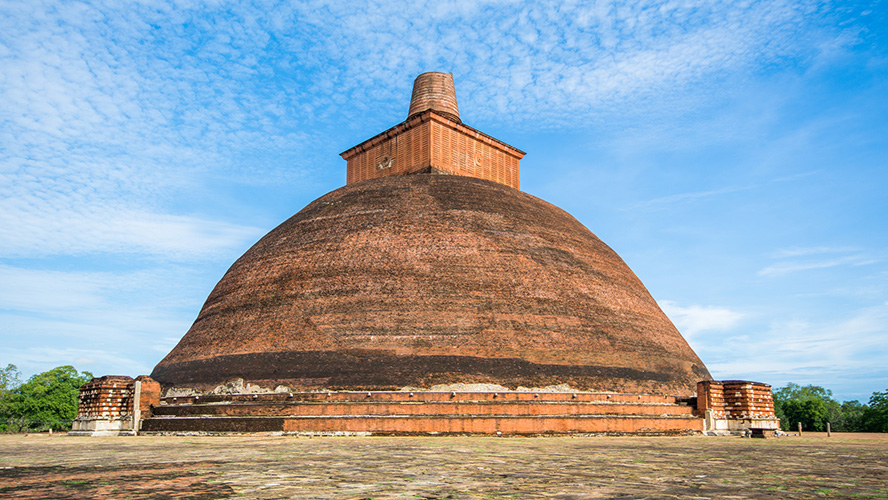
Isurumuniya Temple
Isurumuniya Temple is in the south of the ancient city of Anuradhapura and is set within the walls of a rocky hill. It was built during the reign of Dewanampiya Tissa between 307 and 267 B.C. to house children from high-caste noble families who were ordained as priests and lived in isolation, spending their lives teaching Buddhism and the path to enlightenment.
Today, Buddhist monks live here and it is a pilgrimage site. Noteworthy decorative features inside include a large reclining statue of Buddha and frescoes that depict his life. This charming spot also has an attractive pond outside that is a popular spot for taking photos.
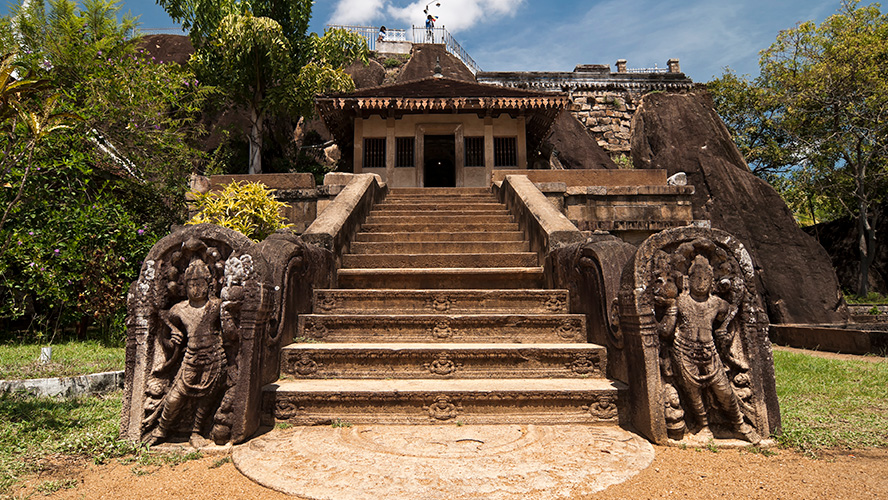
What and where to eat
Typical food in Sri Lanka is based on vegetables, rice, chicken, and spices. Rice and curry, and kottu, are two of the best-known dishes.
According to Tripadvisor and recommendations on specialised travel blogs, Mango Mango at Anuradhapura is great value for money, has good service and an attractive dining room. It serves food with the flavours of Hindu food.
Ambula is a great choice if you’d like to sample Sri Lankan food. It is very reasonably priced so is open to all, and it’s popular with locals so you’ll get the chance to soak up the local culture.




